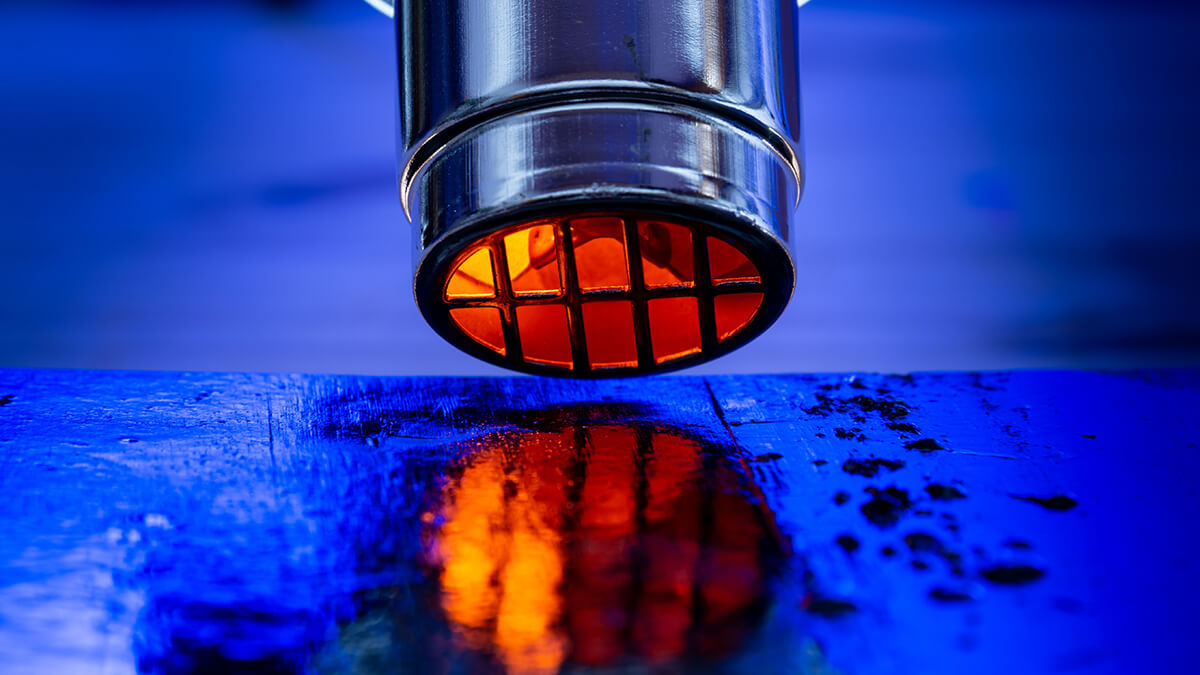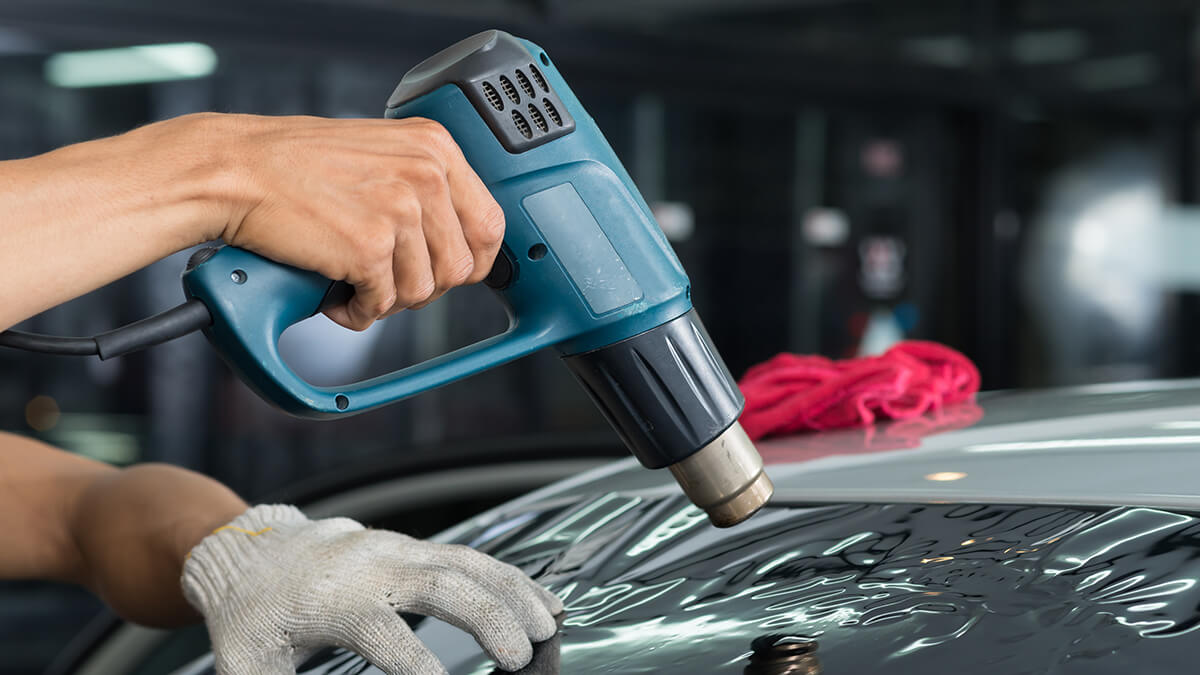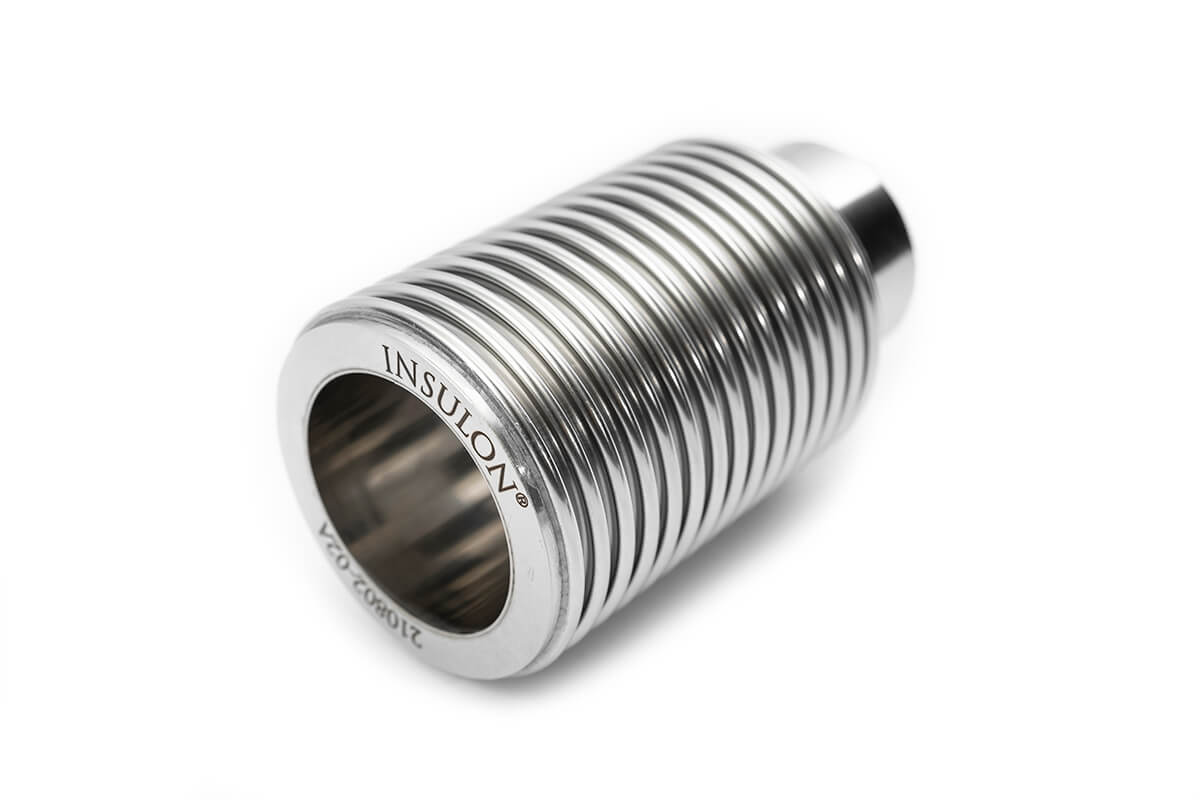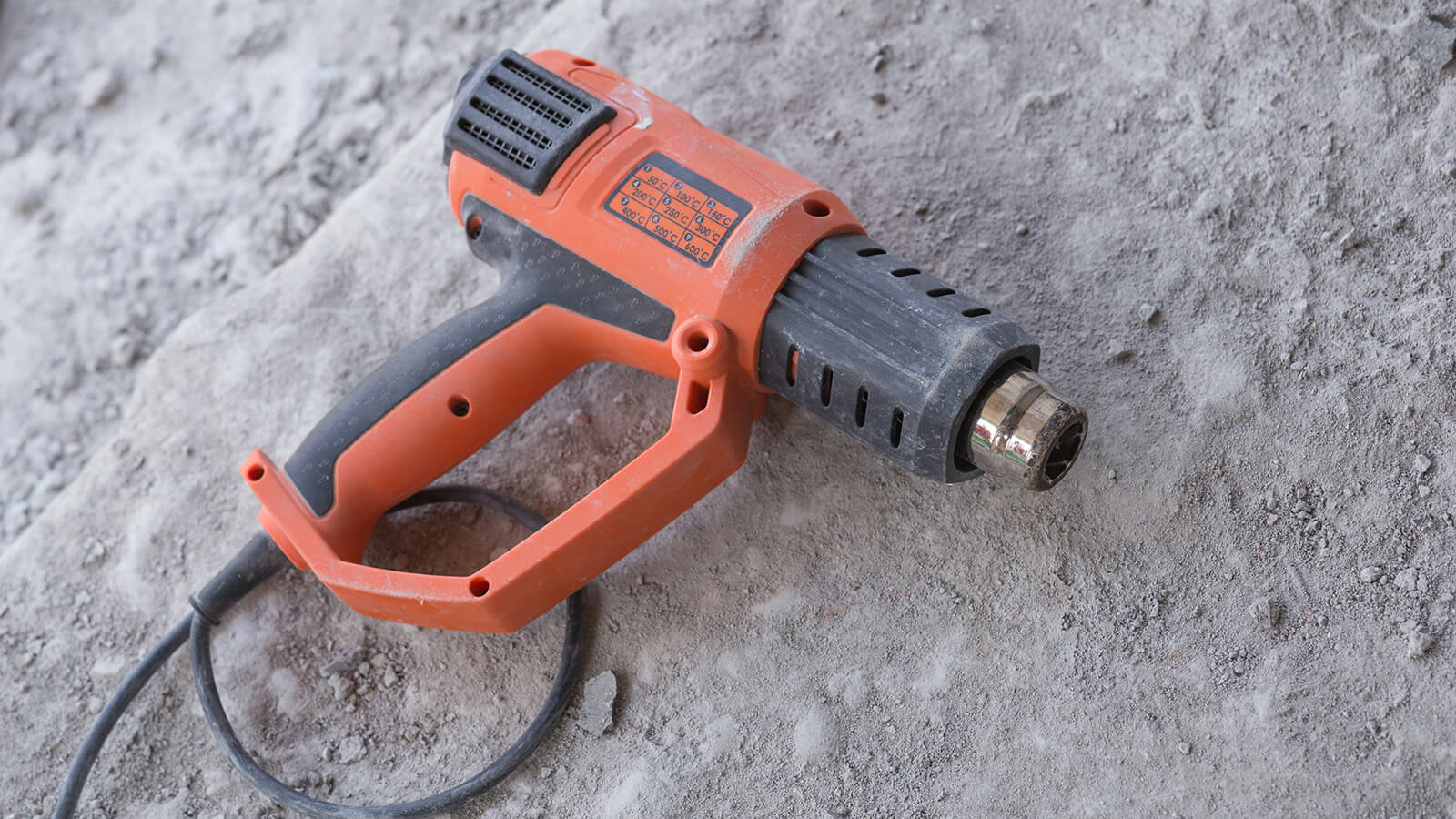Popular Uses for Heat Guns
Household Uses
In the household, DIYers often use small, cordless heat guns for a variety of projects. Common uses include thawing frozen pipes during winter cold snaps, stripping paint and old wallpaper when renovating or redecorating, removing flooring, upholstering or repairing furniture, and more.
Hot air tools can even help in the kitchen to quickly roast coffee beans, sear meat, melt chocolate, or defrost the freezer – not to mention at-home candle making. The maximum operating temperature on these devices ranges, with some reaching as high as 990 degrees Fahrenheit.
Industrial Uses
Industrial manufacturers use heat guns of variable temperature to perform more complex and heavy-duty undertakings. These tasks can include:
- paint stripping
- loosening old bolts and screws
- bending plastic and metal
- removing adhesives
- embossing
- waxing
- shrink wrapping large objects
- drying our damp wood or other materials prone to mold
- sterilizing tools for proper sanitation
While some of these jobs have lower operating temperature requirements, industrial heat guns can reach 1,400 degrees Fahrenheit.

Industries That Use Heat Guns
Below are a few specific industries that rely heavily on hot air tools to manufacture, maintain, and enhance their products.
Aviation Industry
Heat guns are instrumental in building airplanes, and spacecraft for that matter. These electrically-heated power tools are particularly useful for heat shrinking, soldering, sealing, cauterizing, binding, shaping, and attaching various materials. These procedures apply to different aspects of construction and repair of wire harnesses, circuit boards, and exterior/interior components, including fiberglass and carbon mesh fiber, flooring, plumbing, and seating.
Automotive Industry
The automotive industry uses heat guns to manufacture vehicles (with many similar applications to the aviation industry). Aftermarket modifications, including window tinting and decorative vinyl wraps, are also typically applied with these tools.

These tools are also helpful in autobody shops for repairs and part replacement. They are useful when fixing dents and scratches. For example, a hot air gun might be used to soften and mold a bumper back into place or to return a dashboard to like-new condition. Additionally, heat guns can cure adhesives and aid in affixing leather patches. Conversely, old adhesives (such as bumper stickers, fillers, and putty) can be easily removed with help from a hot air tool.
Boating Industry
Boat and yacht owners almost always protect their property with vinyl coatings. They also usually include naming and other personalized decorations. Specialized wrap shops customize boats with distinctive vinyl wrapping.
Using hot air tools during application is key to ensuring this vinyl is correctly adhered to the surface and remains intact. Protective vinyl must withstand exposure to water, the speed of travel, and extreme climate events such as hurricanes. If not properly applied at the right heat gun operating temperature, the wrap can peel off, exposing the boat to severe damage. Specialized heat guns come equipped with temperature monitoring and guiding laser capabilities for these applications.
The Importance of Heat Gun Safety
First and foremost, be sure to purchase a high-quality hot air tool with features that safely and effectively support your needs. No matter what you’re using them for, it’s essential to follow best practices for heat gun safety. Accidental high-temperature exposure can cause severe burn injury.
Keep in mind the following safety tips:
- Wear the proper safety gear
- Ensure good ventilation
- Remove combustible/flammable materials
- Check temperature settings are correct
- Do not point the gun at one spot for too long
- Switch the tool OFF before putting it down on any surface
- Allow the tool to cool before storing it
- Never touch the hot metal nozzle with clothing or skin
- Never direct the airflow towards yourself of another person
- Do not look down the nozzle while the gun is turned ON
- Do not insert anything down the nozzle of the gun
- Do not use with lead-based paint to avoid toxic fumes
- Never block the inlet grill or obstruct the airflow of the unit while in operation
Furthermore, consider adding Insulon® Safety Guards to your hot air tools for thermal protection and reduced burn risk. These heat gun accessories are important attachments that shield the high-temperature nozzle from coming into contact with the operator.

Summary
Hot air tools are useful, popular, and effective tools for both home and industrial settings. Likewise, there are many heat guns and accessories on the market to choose from. Whether using them for a DIY project or in professional manufacturing, these tools are potentially dangerous. Safety precautions must be taken. Insulon® Safety Guards can help reduce burn risk for at-home and industrial heat gun operators alike.

